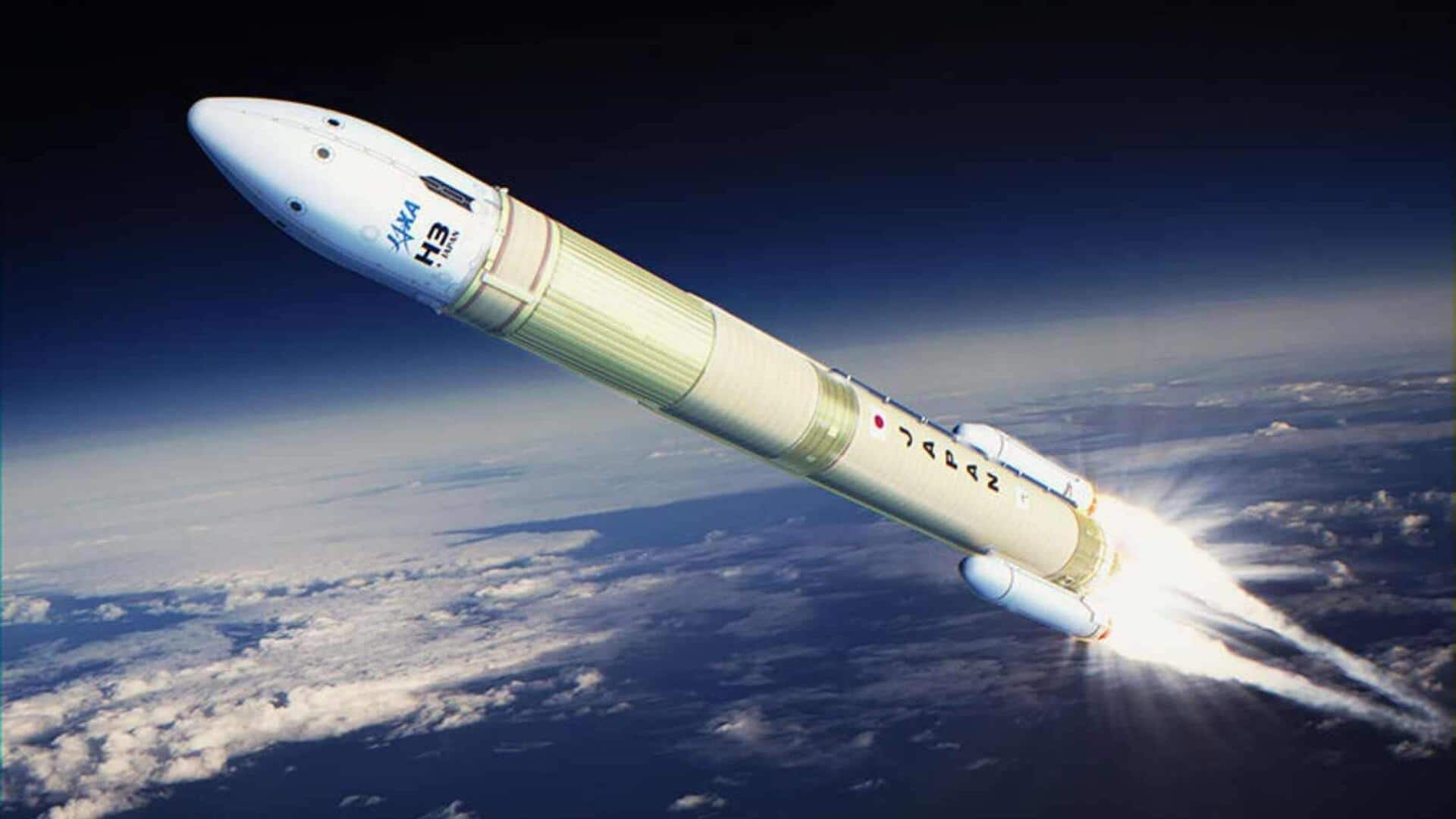
Japan successfully launches new rocket carrying cargo to space station
What's the story
Japan has successfully launched its new flagship H3 rocket, carrying an unmanned cargo spacecraft, HTV-X1. The launch took place from the Tanegashima Space Center in southern Japan. The mission marks a significant milestone for the Japan Aerospace Exploration Agency (JAXA) as it seeks to establish a reliable and cost-effective space transport system.
Mission details
The HTV-X1 will reach the ISS in a few days
The HTV-X1 spacecraft was successfully deployed into its intended orbit after separating from the H3 rocket. If all goes according to plan, it should reach the International Space Station (ISS) in a few days with supplies. Japanese astronaut Kimiya Yui, who is currently on board the ISS, will use a robotic arm to capture the craft early Thursday morning.
Enhanced capabilities
Successor to Kounotori
The HTV-X1 is the successor to JAXA's Kounotori, or stork in Japanese, an unmanned H-II Transfer Vehicle that completed nine missions to the ISS between 2009 and 2020. The new freighter can carry larger payloads and provide power during flight, allowing for the transportation of cells and other lab samples that need low-temperature storage.
Extended mission
Extended mission capability
The HTV-X is built to remain attached to the ISS for up to six months, delivering supplies and taking away waste. It will then conduct technical missions while making an orbital flight after leaving the station, this time for three months. This extended mission capability is a major step forward in space logistics and sustainability.
Market competition
Replacing H-2A rocket
The H3 rocket replaces Japan's long-serving H-2A rocket, which made its final flight in June. The new model is designed to be more cost-competitive in the global space market. So far, it has completed six consecutive successful flights after a failed debut attempt in 2023, when the rocket had to be destroyed with its payload onboard.